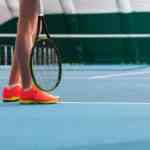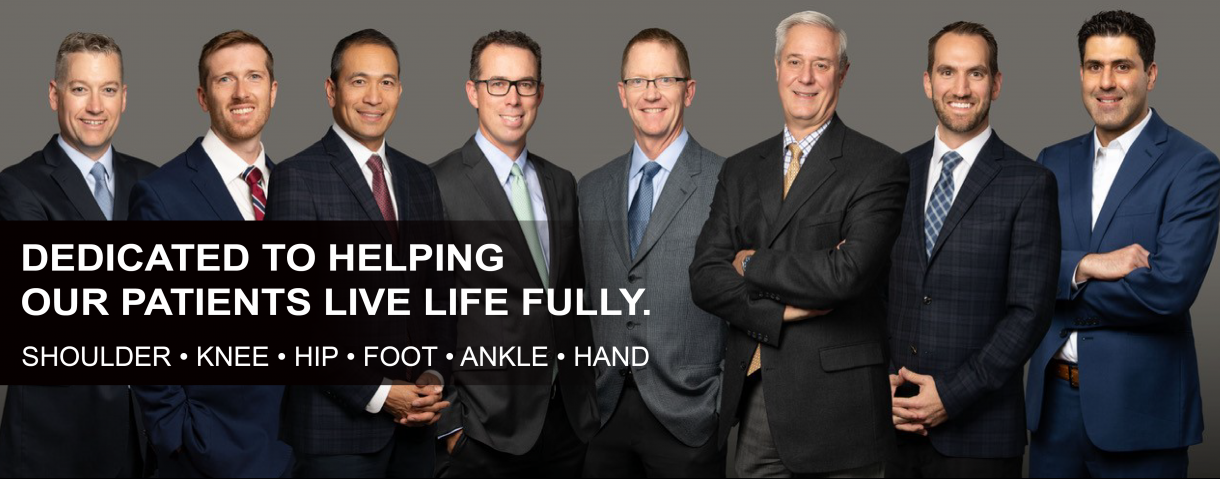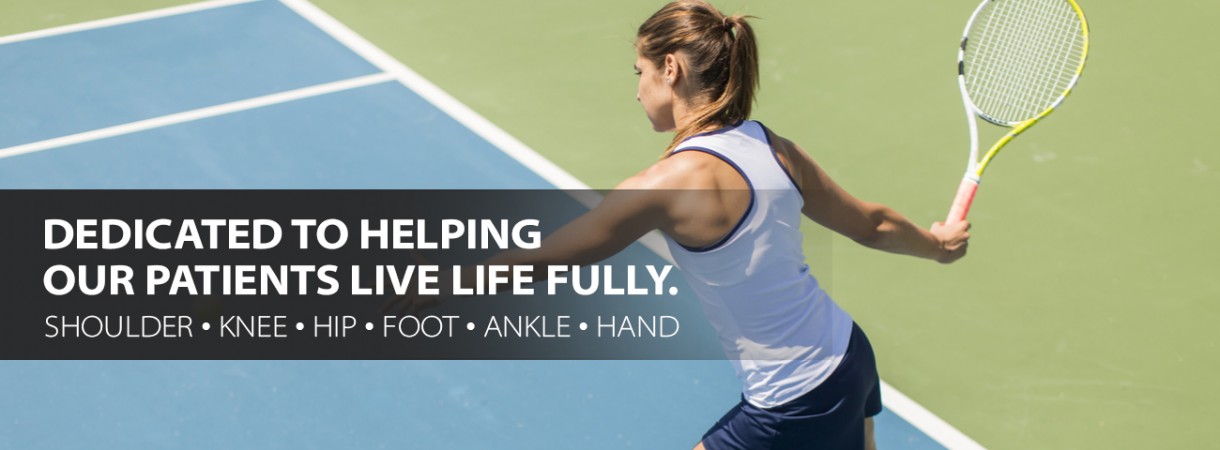 In this installment, we will discuss the non-arthritic causes of knee pain that may affect your performance on the court, the causes, and some treatment options. Like everything in medicine there is some overlap though, and often a simple diagnosis of a meniscus tear masks a bigger picture of degenerative arthritis. The two general categories that we will cover today are overuse injuries and mechanical conditions.
In this installment, we will discuss the non-arthritic causes of knee pain that may affect your performance on the court, the causes, and some treatment options. Like everything in medicine there is some overlap though, and often a simple diagnosis of a meniscus tear masks a bigger picture of degenerative arthritis. The two general categories that we will cover today are overuse injuries and mechanical conditions.
Overuse injuries are one of the more common presenting problems that we see regarding overhead sports. Sometimes seen in the high school athlete preparing for an upcoming season, these issues are most commonly seen in the “weekend warrior”, and include a variety of tendonitis and inflammatory problems from patellar tendonitis, IT band tendonitis, and chondromalacia, or mild kneecap arthritis. Tendonitis refers to irritation or inflammation of the soft tissue that connects the bones around the knee. Hence, patellar tendonitis is inflammation of the tendon that connects the kneecap to the shin bone. Tendons, like other soft tissue, respond positively and negatively to activity and lack of activity. Most tendonitis issues in tennis start with the common story of a period of inactivity (winter) followed by a sudden ramp-up in activity that involves excessive strain (stretch) of tissue that overwhelms the tissue’s ability to tolerate the load or flexibility that the activity demands. Fortunately, these are all issues that have a solution; unfortunately, they may involve time and additional effort. Specifically, most of these problems can be avoided or addressed with activity modification (a slow return to sport) complimented with a gradual and progressively increasing physical challenge. The most important adjunct to this is a good and consistent stretching program.
Chondromalacia, or mild kneecap arthritis, is also a type of overuse injury. As the surface cartilage on the back of the kneecap begins to age, it creates mechanical irritation with quadricep dominate sports (tennis), and an inflammatory reaction ensues. As with other overuse injuries, a gradual progression back to sports, combined with progressive, pain-free challenge, and most importantly a good flexibility program minimize these issues during the Spring ramp-up and throughout the season.
Mechanical conditions are usually the result of injury. As we age, the significance of the injury may decrease, and there may be more of a degenerative (arthritis) component. The most common of these conditions are meniscal tears. The menisci (one inside-medial and one outside-lateral) are the cushioning cartilage gaskets that support the joint surface cartilage (which wears out with arthritis). These gaskets move with the knee, and with pivoting sports, are at risk for damage. Unfortunately, they have poor blood supply which is what puts them at risk and eliminates the potential for healing. Patients usually present with a minor episode, and activity related aching and swelling. Rest may improve the symptoms, but persistent issues are best dealt with through a minor outpatient “scope”. Fortunately, major ligament injuries, like ACL tears, are rare in tennis, but may require surgery for a full return to sport.







Leave a Reply